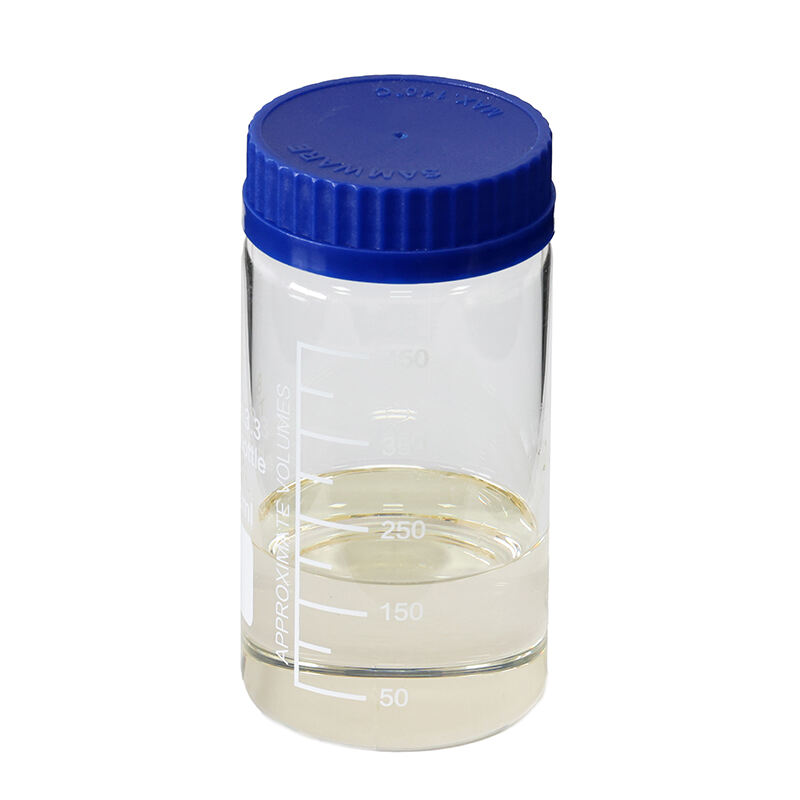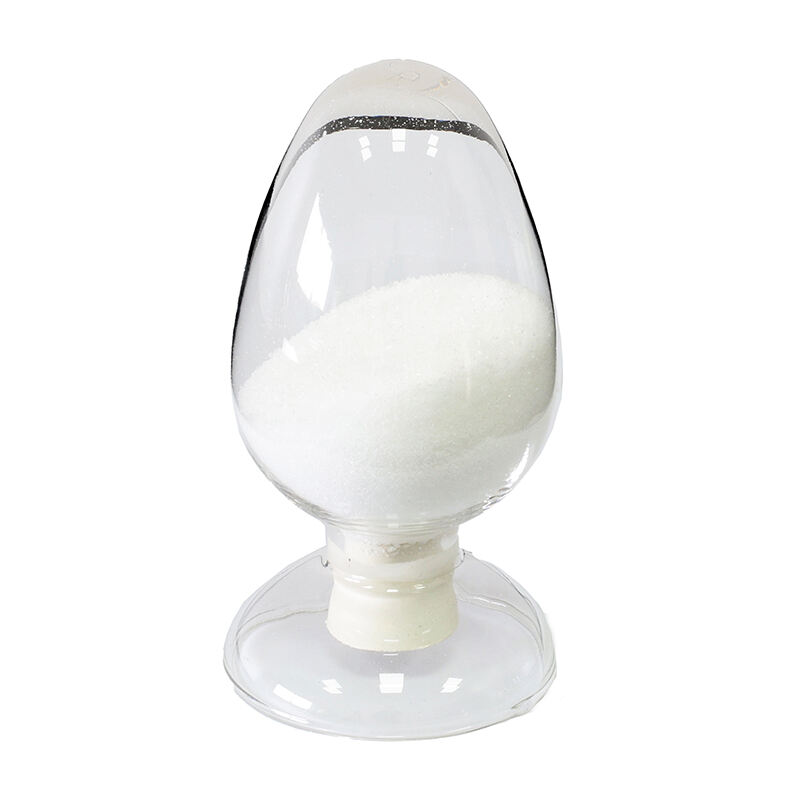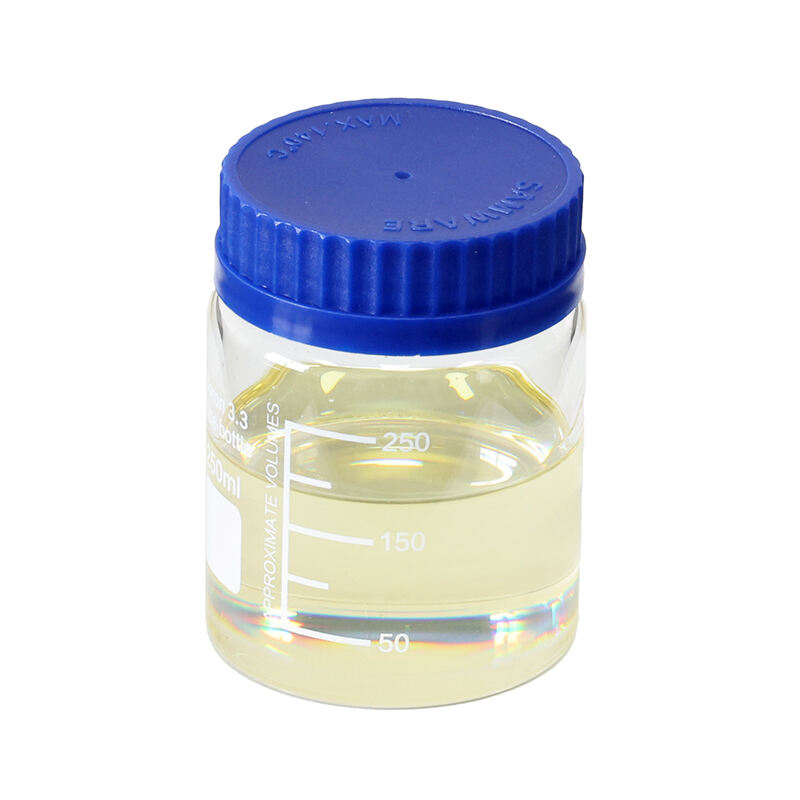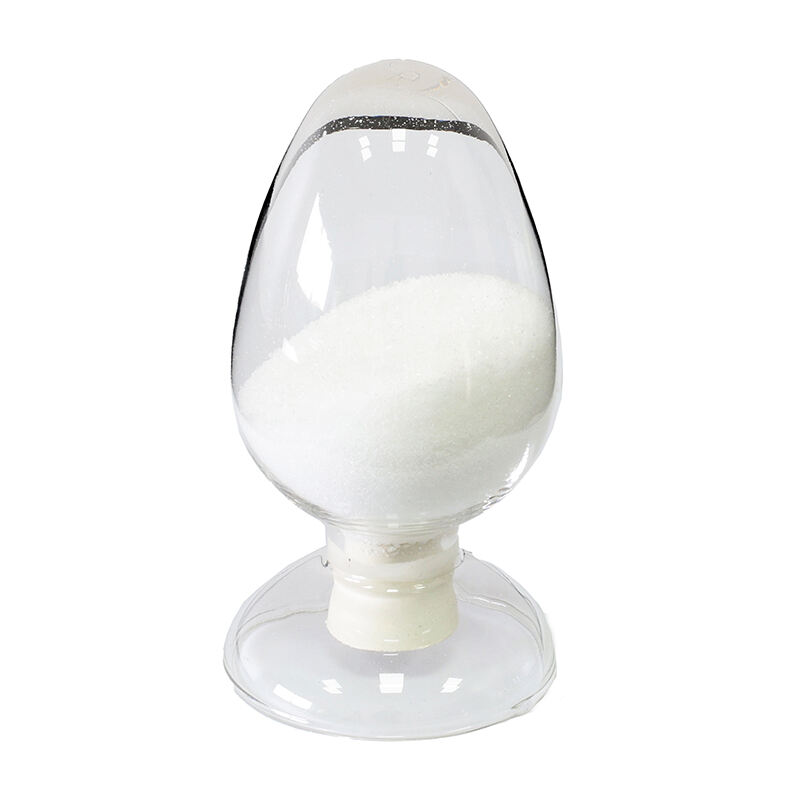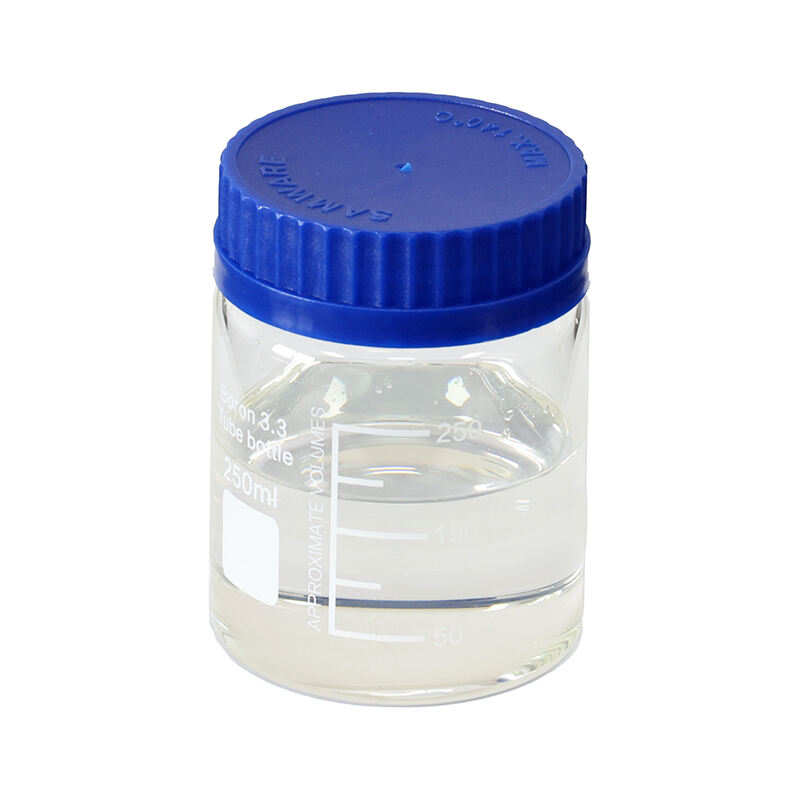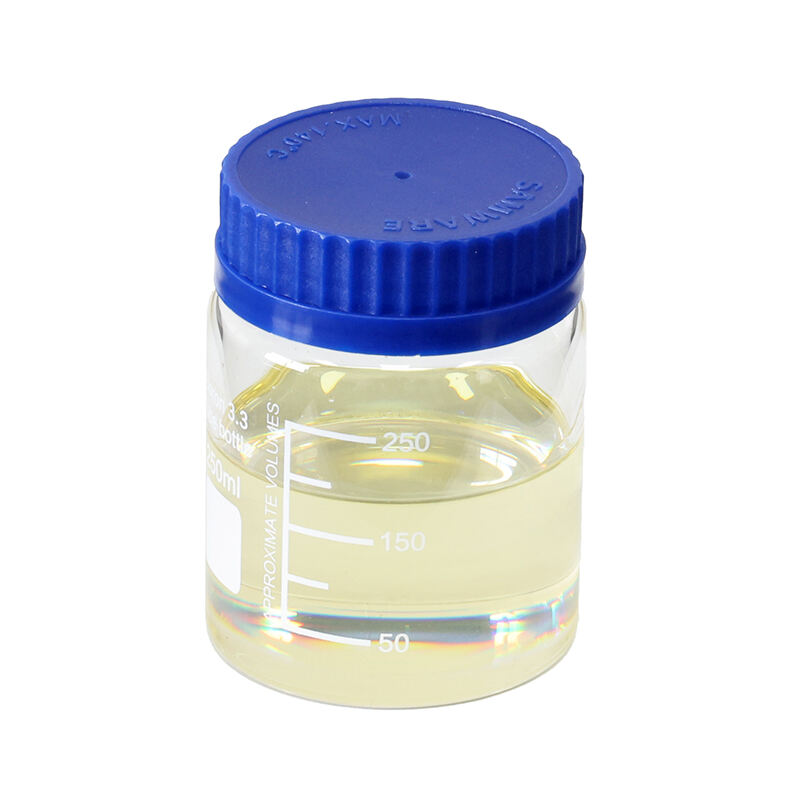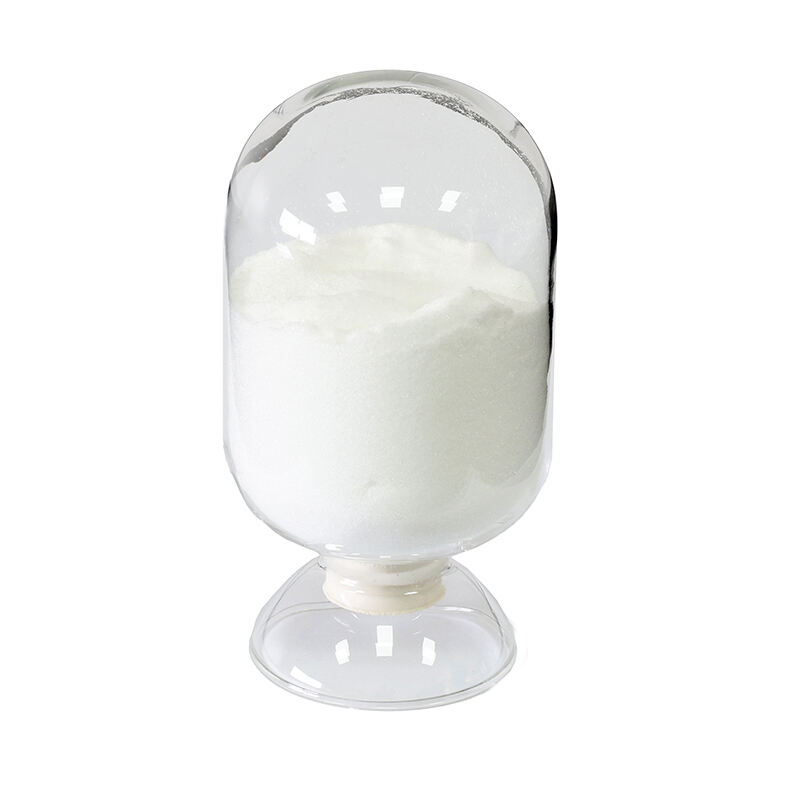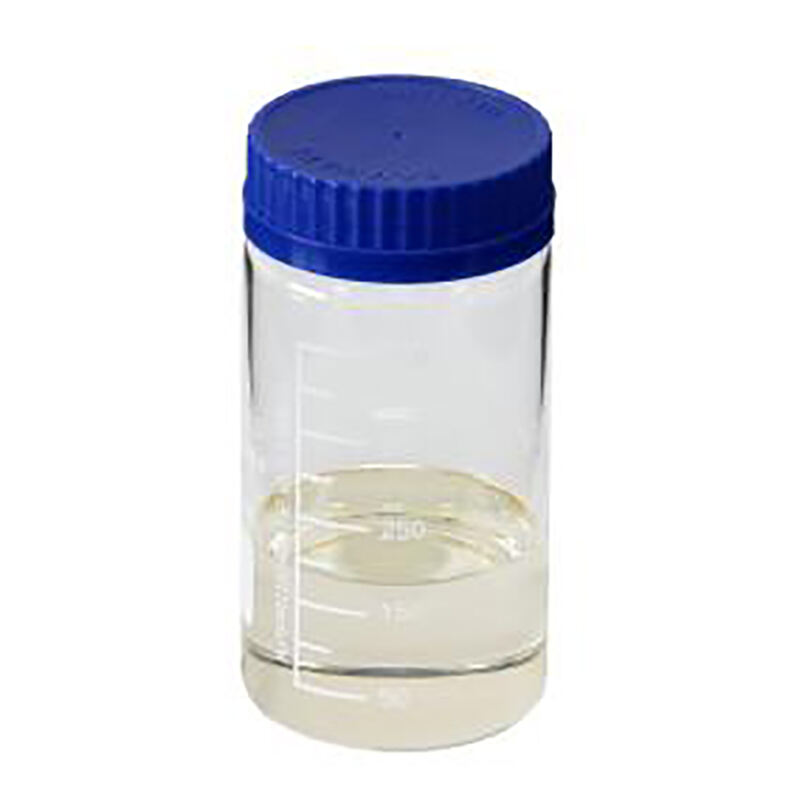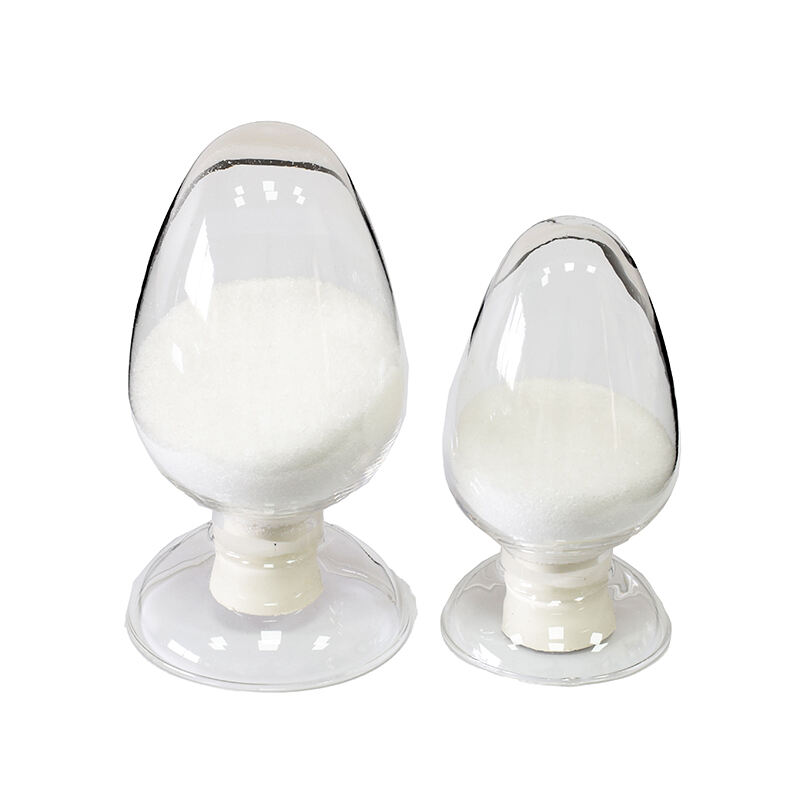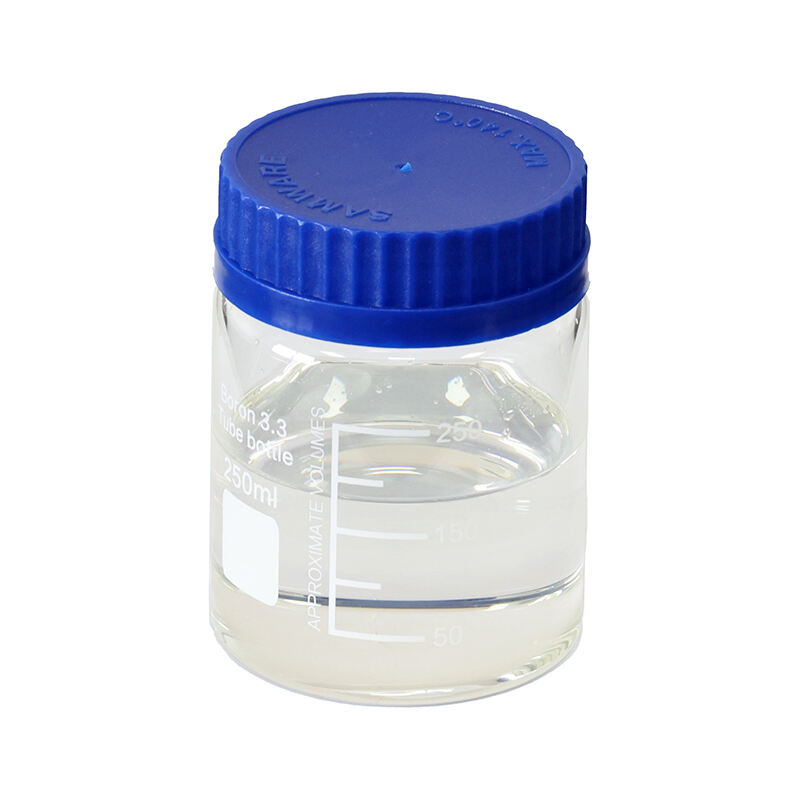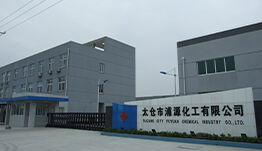Selection of antifungal fungicides for waterborne architectural coatings
Abstract: Waterborne architectural coatings are rich in nutrients for microbial growth, and microorganisms are almost everywhere in nature, so as long as environmental conditions such as environmental temperature are suitable for microbial survival, microorganisms will multiply, resulting in product spoilage and waste; On the other hand, some microorganisms can also contaminate the outer surface of the coating film after the coating construction, and even degrade the entire coating gradually. Therefore, additives that can prevent and inhibit the survival of microorganisms must be added to the coating, and such additives are generally called anti-mildew fungicides.
Keywords: coating; fungicide; biocide; preservative; anti-mildew; Bronopol; 52-51-7; OIT; 2-Octyl-2H-isothiazol-3-one; 26530-20-1
1.Classification of microorganisms and living environment of mold in waterborne architectural coatings
There are five main factors that determine the living conditions of mold: temperature, water, oxygen, nutrients, pH, etc. According to the living conditions of mold and the actual situation, it can be determined that mold is easy to occur in the following parts of the general building: the structure of the wall is cold and easy to dew, the room that produces more water vapor, the place of poor air circulation, the facilities that are difficult to open holes and difficult to be well ventilated, and the surrounding of natural vents and air conditioning vents. Therefore, when the parts of the above buildings need to be painted with paint, special attention should be paid to the problem of mildew prevention.
2.Selection of antifungal fungicides for waterborne architectural coatings
To choose the right water-based building paint anti-mildew fungicide, it is first required to be able to meet the characteristics of the paint and meet its relevant requirements. Excellent waterborne architectural coating anti-mildew fungicide should have the following characteristics:
2.1 Low toxic or non-toxic anti-fungal fungicides should be selected as far as possible.
2.2 The selected antifungal fungicide requires a broad spectrum of antimicrobial activity, high efficacy, durable activity, a wide range of molds and bacteria have lethal or inhibitory effects, and the use of concentration should be as low as possible, in order to reduce its toxicity from another point of view, and it is best to also have the ability to gas phase sterilization.
2.3 When added to the paint, it does not change chemically with its composition, and does not affect the performance of later use.
2.4 Low volatility, good compatibility in coatings, easy to disperse, and insoluble or insoluble in water.
2.5 Stable storage in a PH value of 6~10, suitable for long-term storage at 40℃, and can allow a processing temperature of 60-70℃ for a short time.
2.6 The selected antifungal fungicide should have the functions of ultraviolet resistance, heat resistance and oxidation resistance.
3.Waterborne architectural coatings anti-mildew fungicide
At present, the main products of waterborne building coatings are bromine antiseptic and isothiazolinone antifungal antiseptic. The most commonly used bromine fungicide is Bronopol(CAS: 52-51-7), and the most commonly used isothiazolinone fungicide is OIT(2-Octyl-2H-isothiazol-3-one, CAS: 26530-20-1).
Bronopol is mainly used as a preservative and fungicide, added in the processing of cosmetics such as shampoo, balm and cream, the concentration in cosmetics is 0.01%-0.02%, and can also be used in detergents, fabric treatment agents, etc. As a bactericide. It can effectively control a variety of plant pathogenic bacteria. Treatment of cotton seed can prevent and control cotton black arm disease and bacterial eagle blight caused by cotton horn spot, and has no drug harm to cotton. It can also be used for rice malignant seedling disease. The recommended concentration is 800 ~ 1000mg/L. It is also used for industrial circulating water, paper pulp, coatings, plastics, cosmetics, wood, cooling water circulation system, and industrial use of sterilization, mildew, corrosion, algae and so on.
OIT is an environmentally friendly, efficient, broad-spectrum, non-formaldehyde-releasing dry film anti-mildew agent. OIT fungicide has a strong killing effect on molds, yeasts, bacteria and fungi. OIT is a new generation of world-class bactericidal anti-mildew agent. It is widely used in: paint, coatings, industrial oil, plastics, building materials, leather, water emulsion, glue, textile printing and dyeing fields of anti-mildew. It can also be widely used in interior and exterior latex paint, wood products and cultural relics protection and many other products.
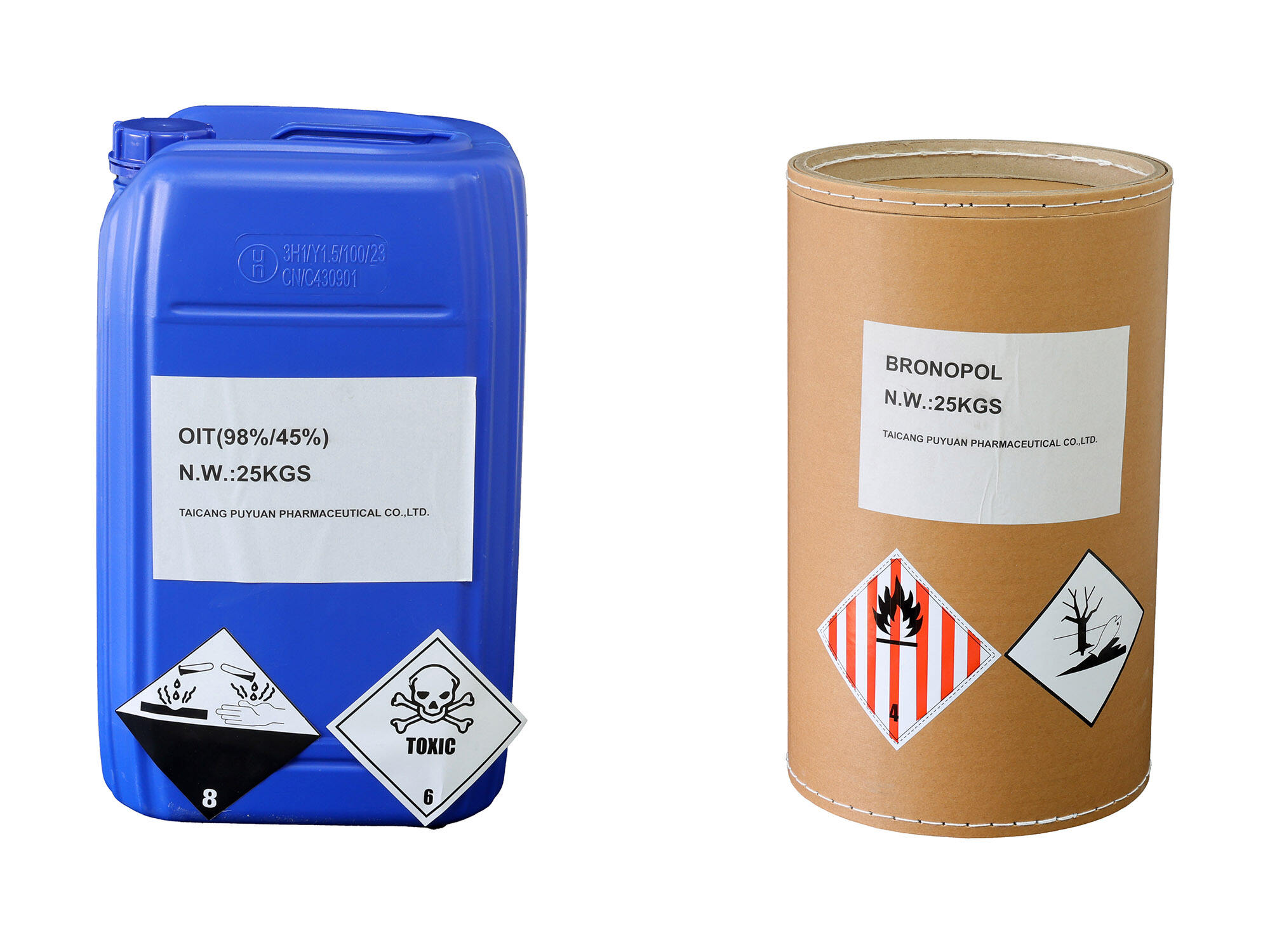

 EN
EN
 NL
NL
 FR
FR
 DE
DE
 JA
JA
 KO
KO
 PT
PT
 RU
RU
 ES
ES
 ID
ID
 VI
VI
 TH
TH
 MS
MS
 TR
TR
 AR
AR

